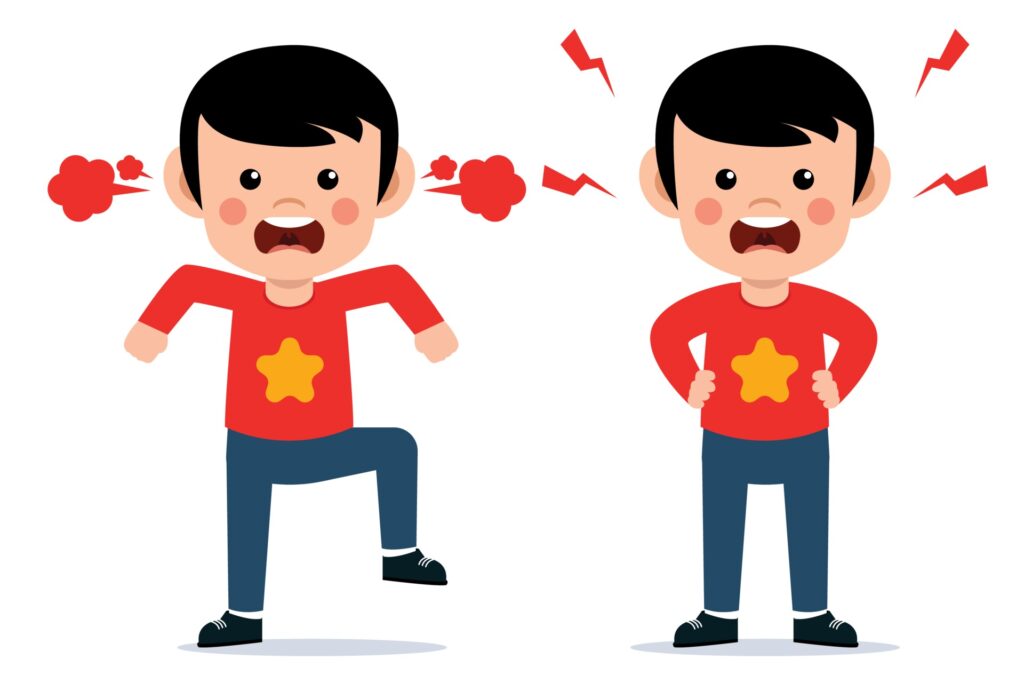Can AI feed the world? And what is “precision agriculture”?
Biomedical researcher, published novelist, and NeuWrite Nordic participant Franziska Bentz has written a wide-ranging article surveying the past and possible futures of technology in agriculture. The rapid evolution of data and automation provides much promise but also challenges, Bentz writes for The Science Basement. One of those challenges is that farmers and scientists often don’t…
Read MoreWould you want to live longer but get younger?
We had a fun challenge this month from Hanna Västinsalo, our celebrity filmmaker, who leverages her PhD in genetics to entertain audiences with unexpected science stories with a human perspective. We workshopped Hanna’s marketing strategy for her powerful new science-fiction film depicting the psychological experience of reverse aging, Palimpsest. To help with that task, we…
Read MoreUsing ourselves as characters to guide audiences into science
Lecturing at an audience and just “explaining the science” isn’t always the most effective way to communicate. An alternative approach that’s often recommended is using a personal story to connect with an audience first. Even better, if a scientist or writer can present themselves as a relatable human being, they may have a better chance…
Read MoreWhat explains public distrust of science?
A concern frequently voiced by participants in our workshops is the decline of public trust in science. The need to rebuild trust, and strengthen public awareness of the scientific process, are oft-cited goals of science communication, including the kind of science-related creative writing we try to foster in NeuWrite Nordic. Yet how to solve the…
Read More“A fountain of youth or a hopeful lie?” published
“So, meet Nicotinamide Adenine Dinucleotide (NAD) – a molecule that promises a simple solution to the inevitable problem of ageing”. This tantalizing morsel comes from a draft article we workshopped recently, at a meeting where we contemplated the possible uses of irony and satire in writing about scientific topics—especially ones about which we might want…
Read MoreGoing deep—getting the writer and reader immersed
What happens when, as we research and write, we take a really deep dive—especially into subject matter that might be outside our expertise, or into a complicated real-world situation, or even into the minds of the people we’re writing about? What ethical problems arise for us as writers? What writing techniques can we use? How…
Read MoreLiterary science writing wins award
Exciting news for all of us working in the mysterious creative space between the literary arts and science: yesterday, the debut novel Beasts of the Sea (Fin. Elolliset) by Iida Turpeinen won the Helsingin Sanomat Literature Prize. The novel has also been nominated for Finland’s most prestigious literary award, the Finlandia Prize (which was won…
Read MoreOn using metaphors and irony—carefully
The metaphor of modern medicine as a tower anchored a draft piece of fiction that we workshopped this month. In the story another tower appeared through the mist, too: alternative medicine. This text used concrete visual drama to take an idea and, as the screenwriting teacher Robert McKee puts it, wrap that idea in an…
Read MoreReaching resistant readers
How do you get your message to the audience that needs to hear it—especially if they are likely to resist? For that matter, as writers, how do we learn enough about our intended audience that we can meet them where they are? The author of one of the draft texts we workshopped this month faced…
Read MoreA long overdue evolutionary account of women
A New York Times bestselling book comes out of NeuWrite: Scientist and creative writer Cat Bohannon is a long-time member of the NeuWrite creative science-writing workshop group in New York City, where she completed her PhD at Columbia University on the evolution of narrative and cognition. In an inspiration to those of us workshopping our…
Read More








